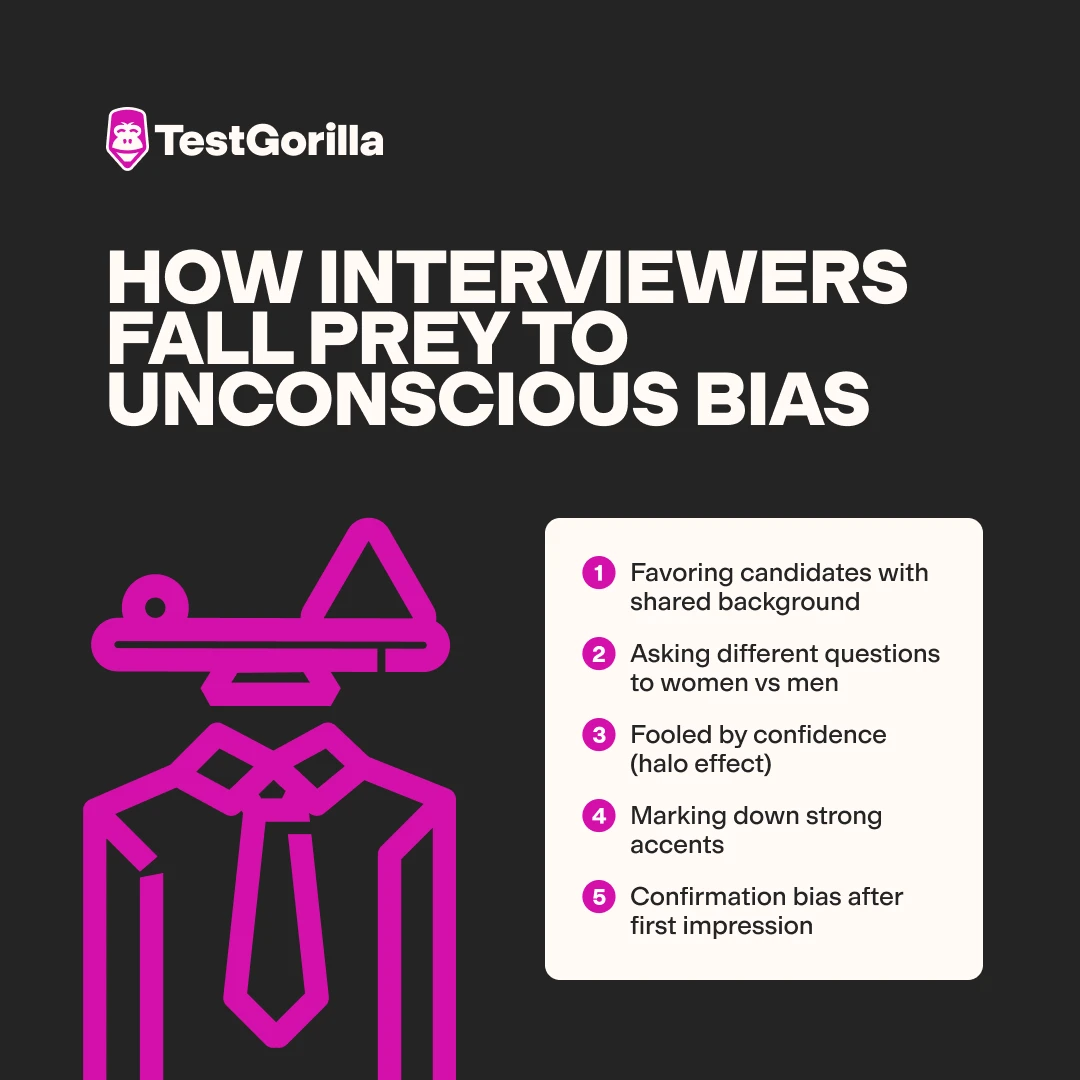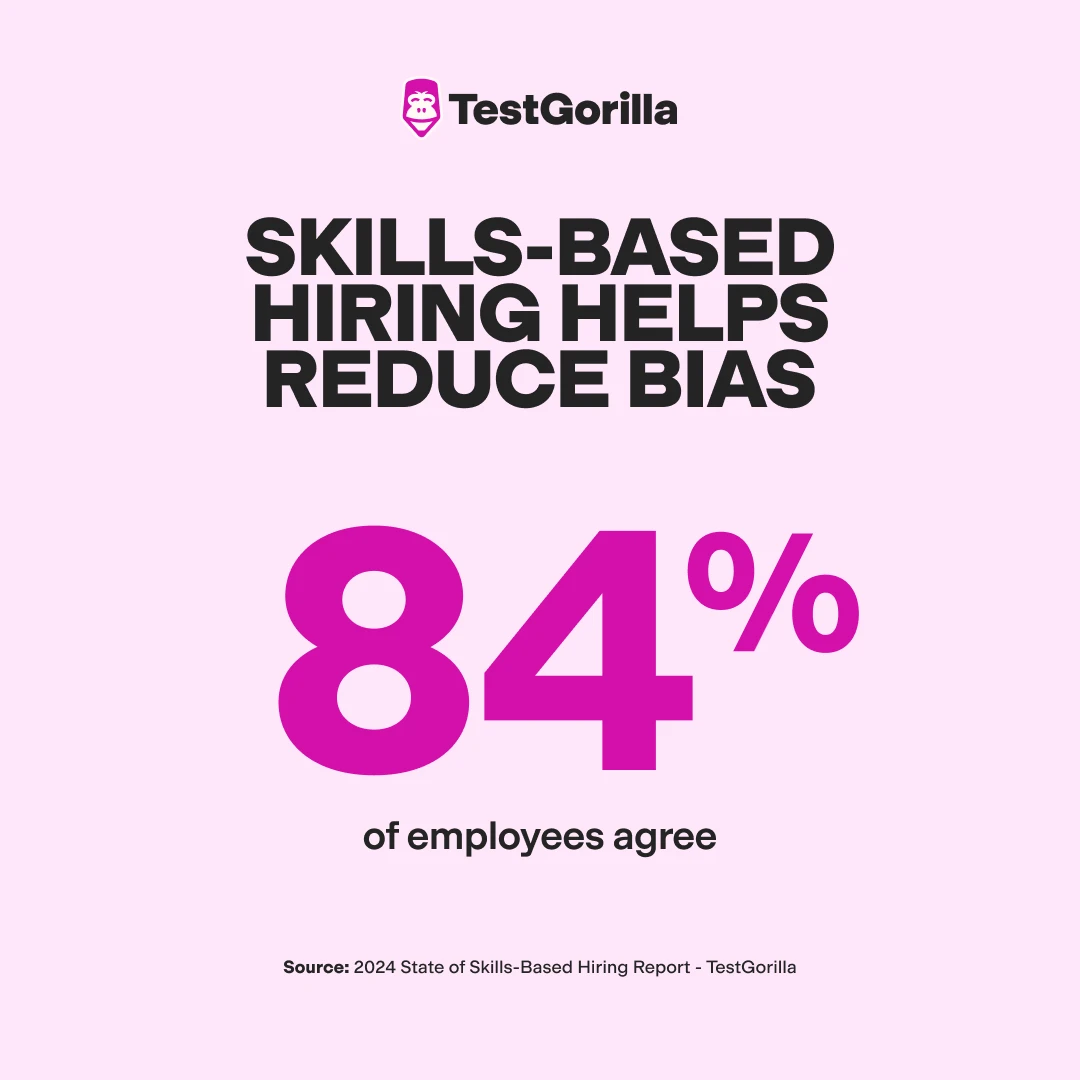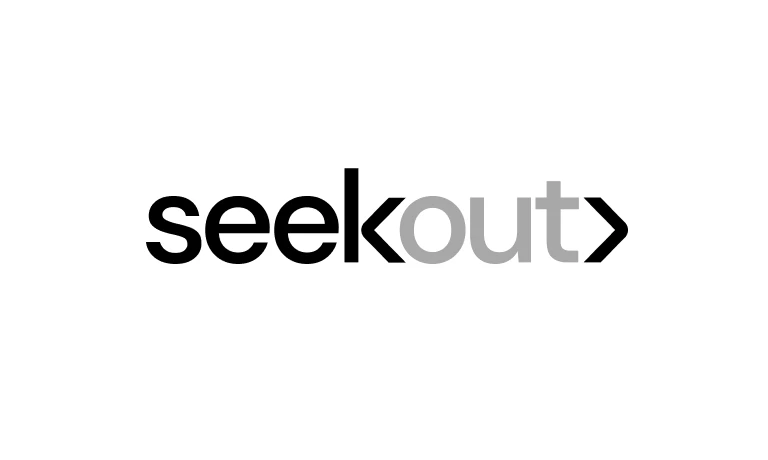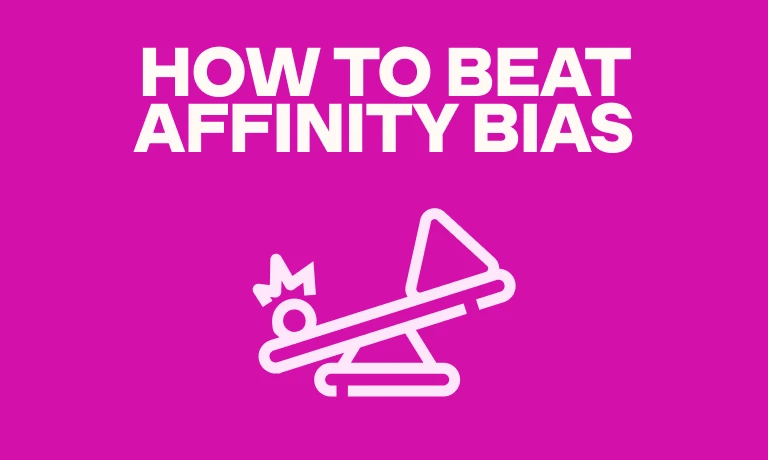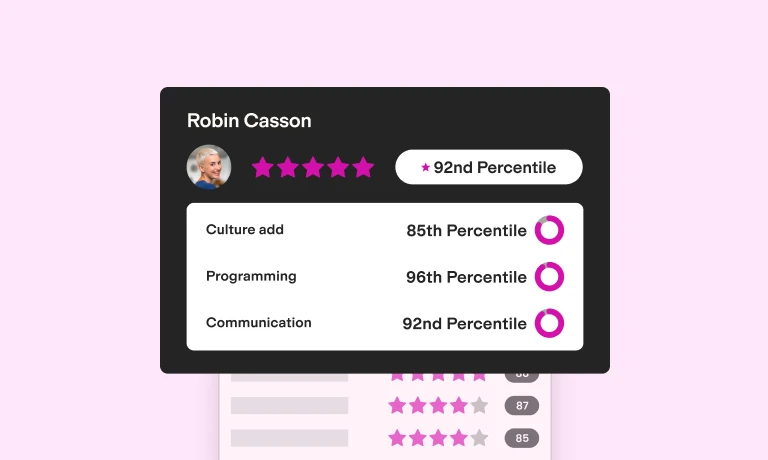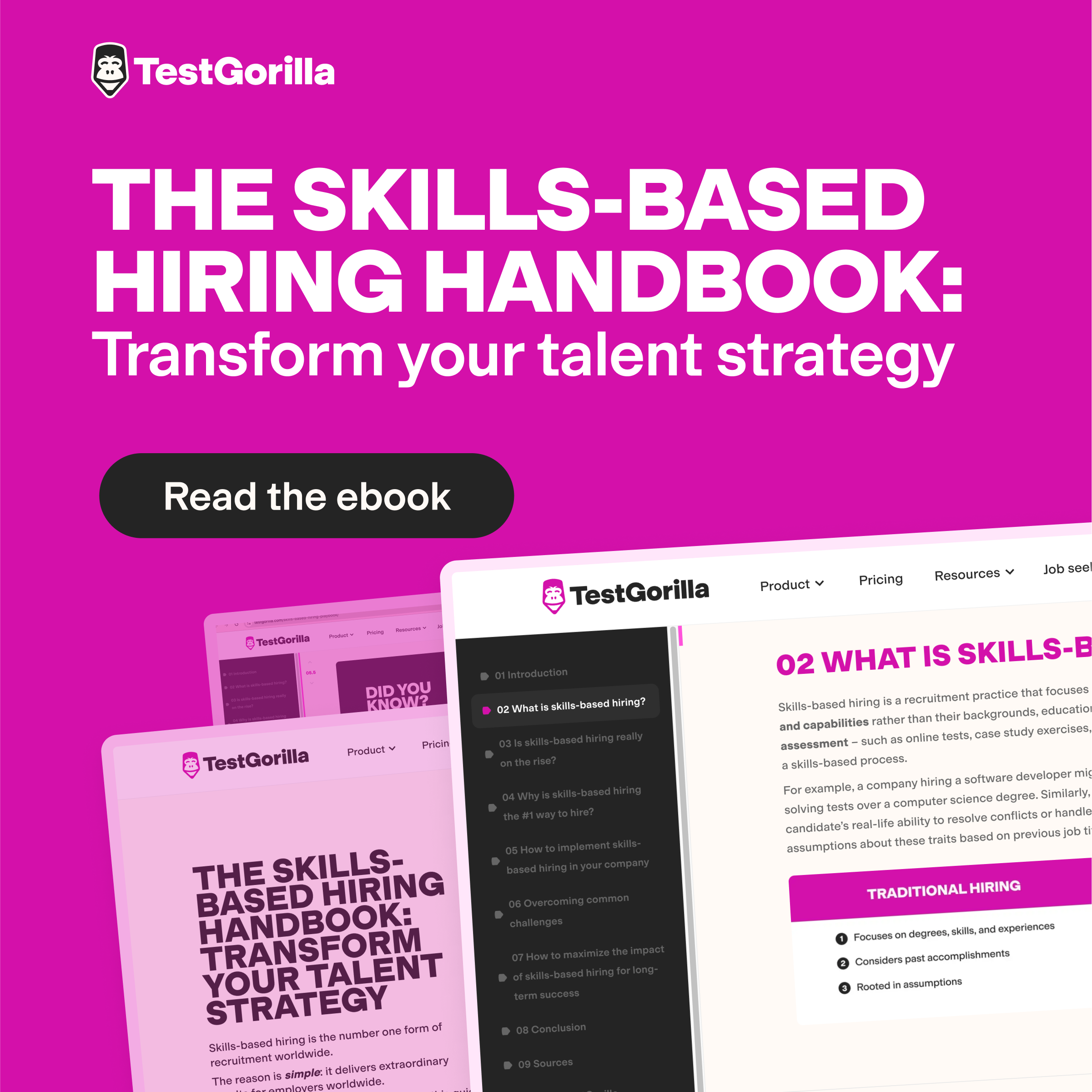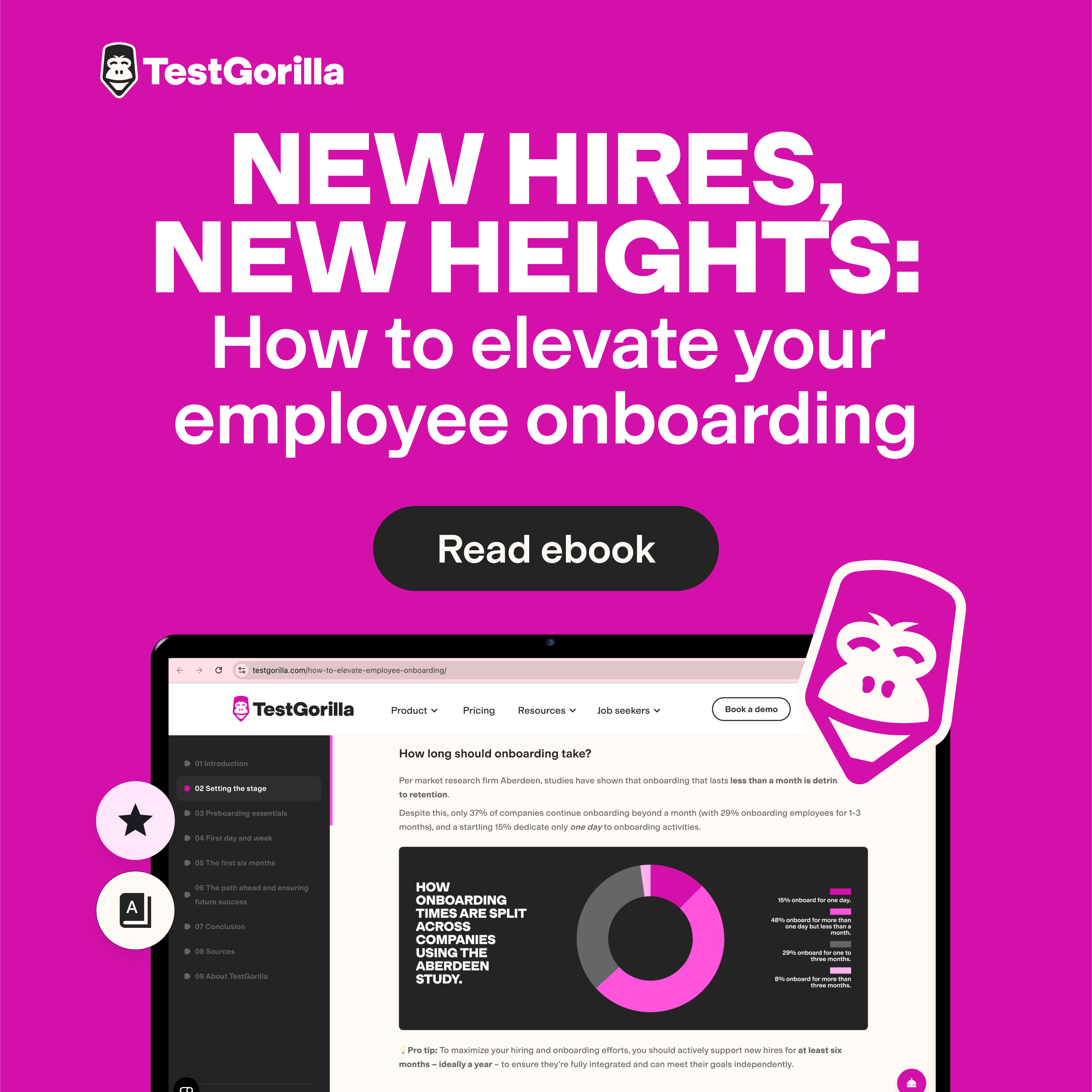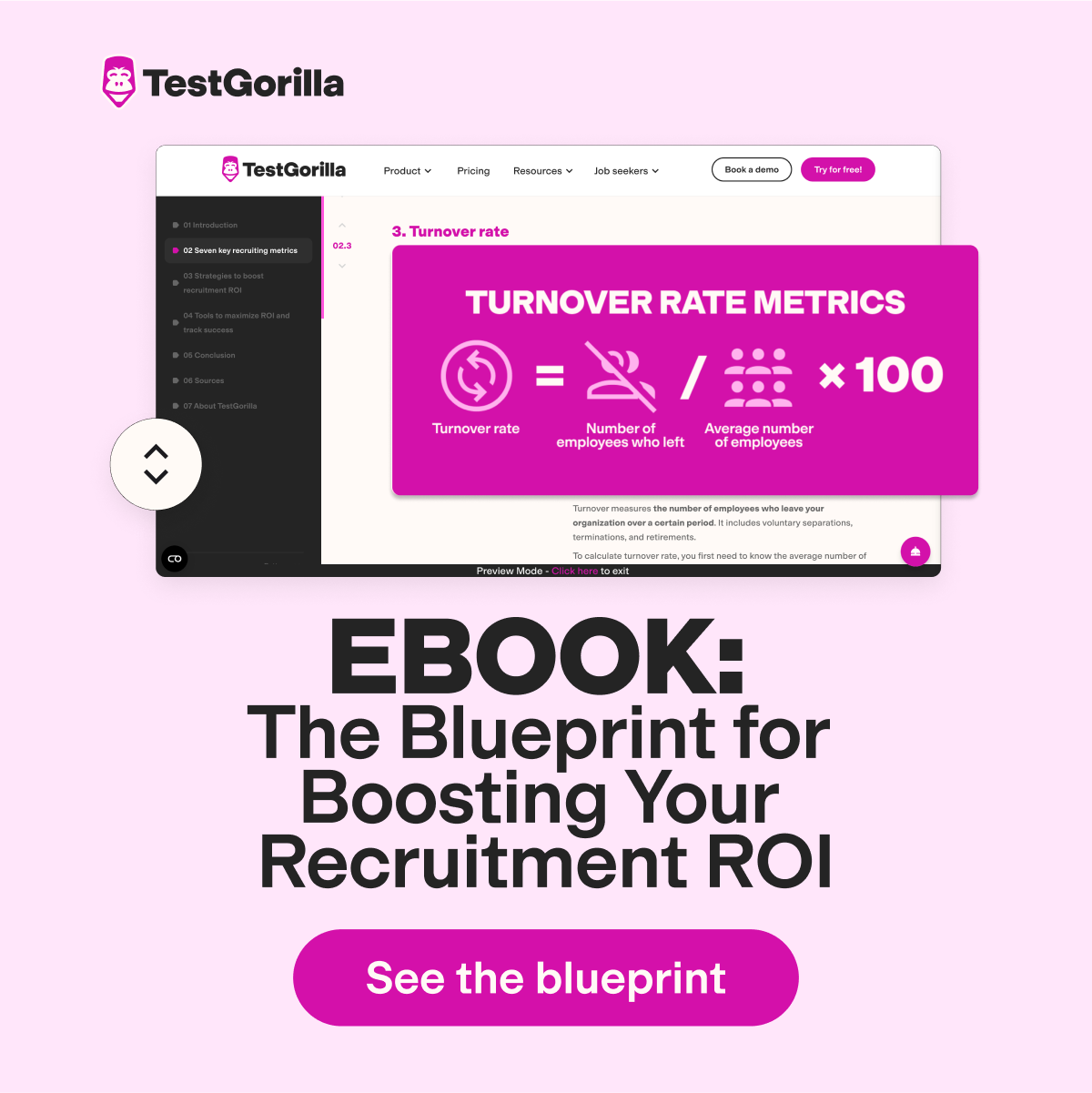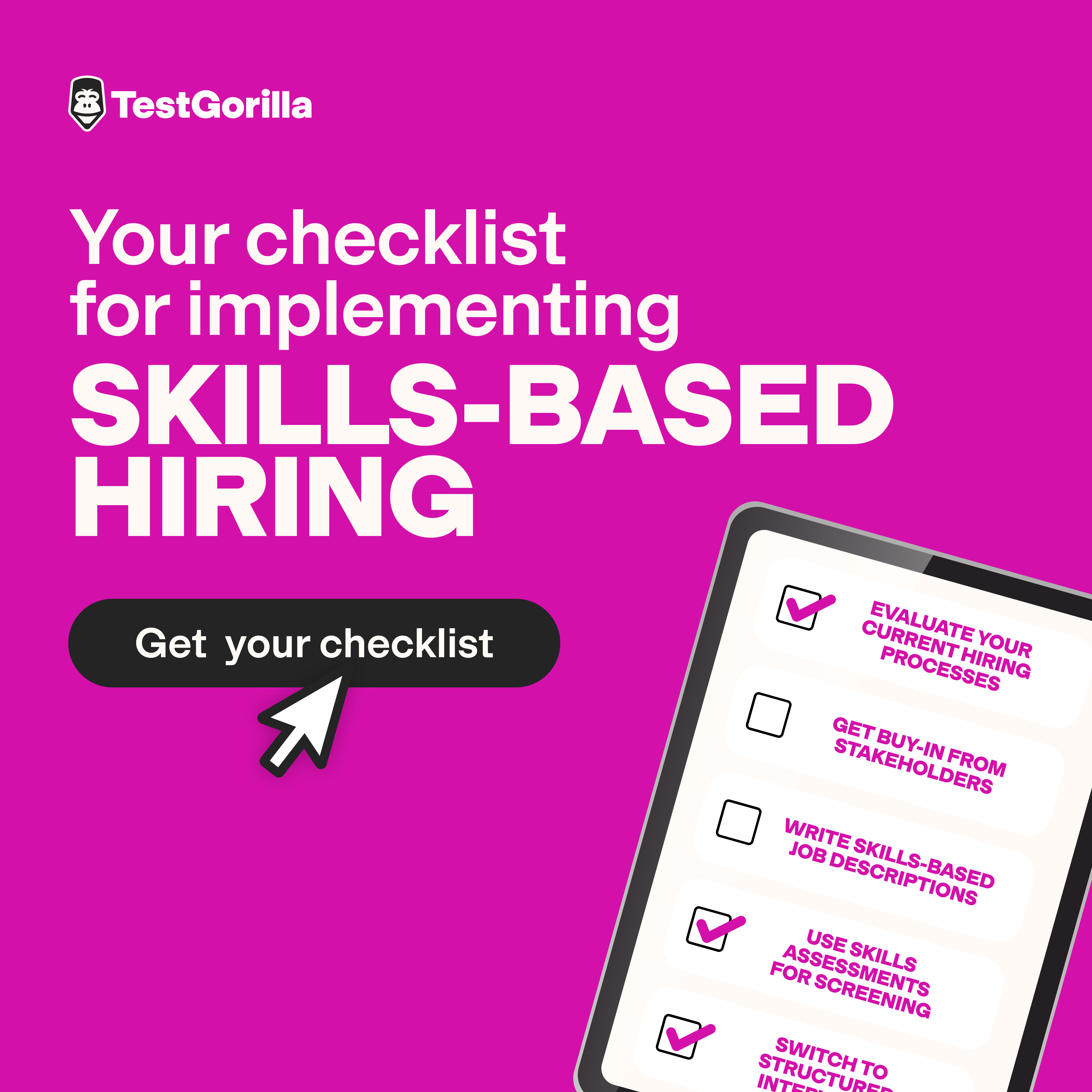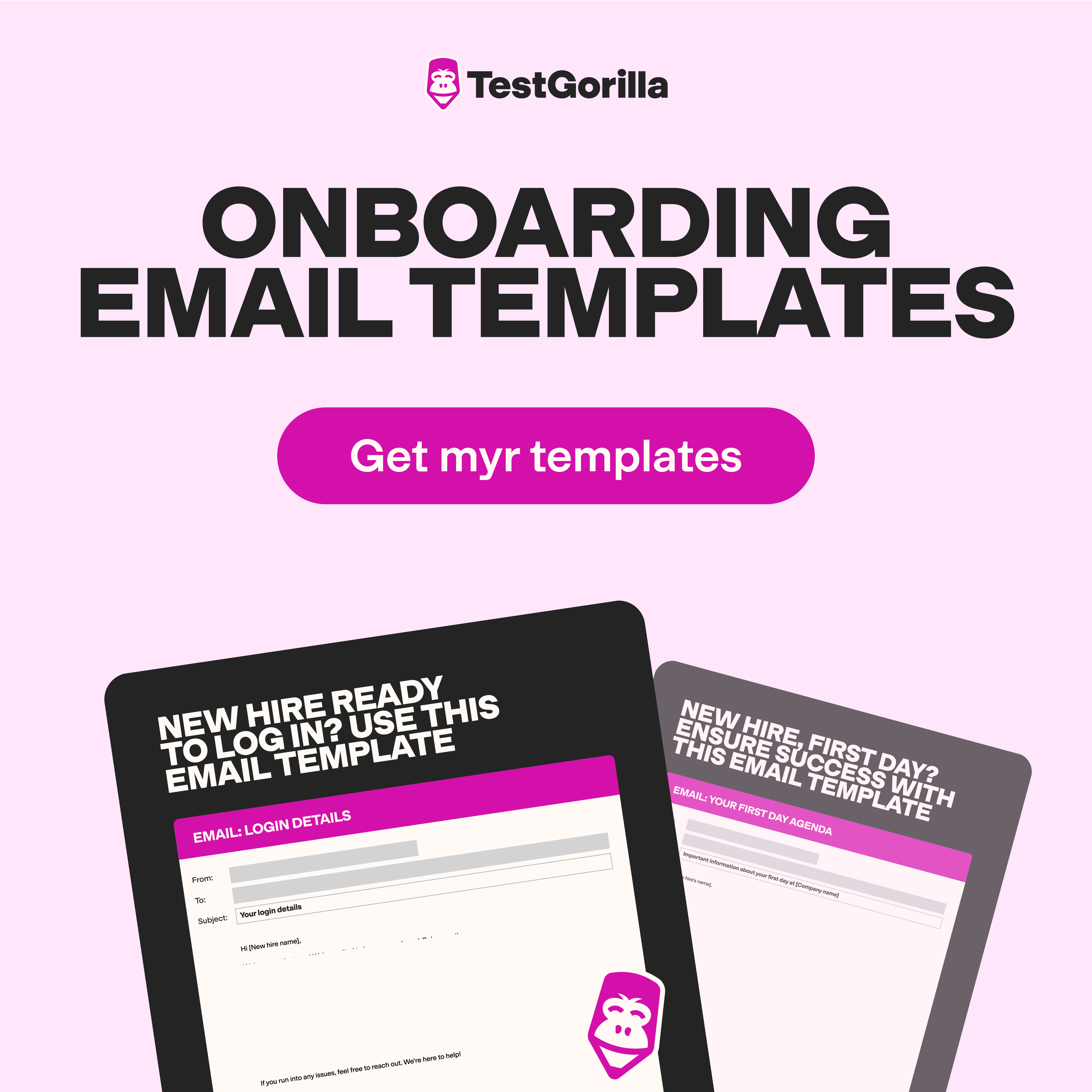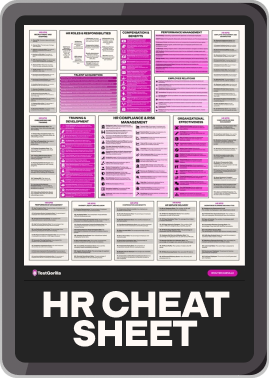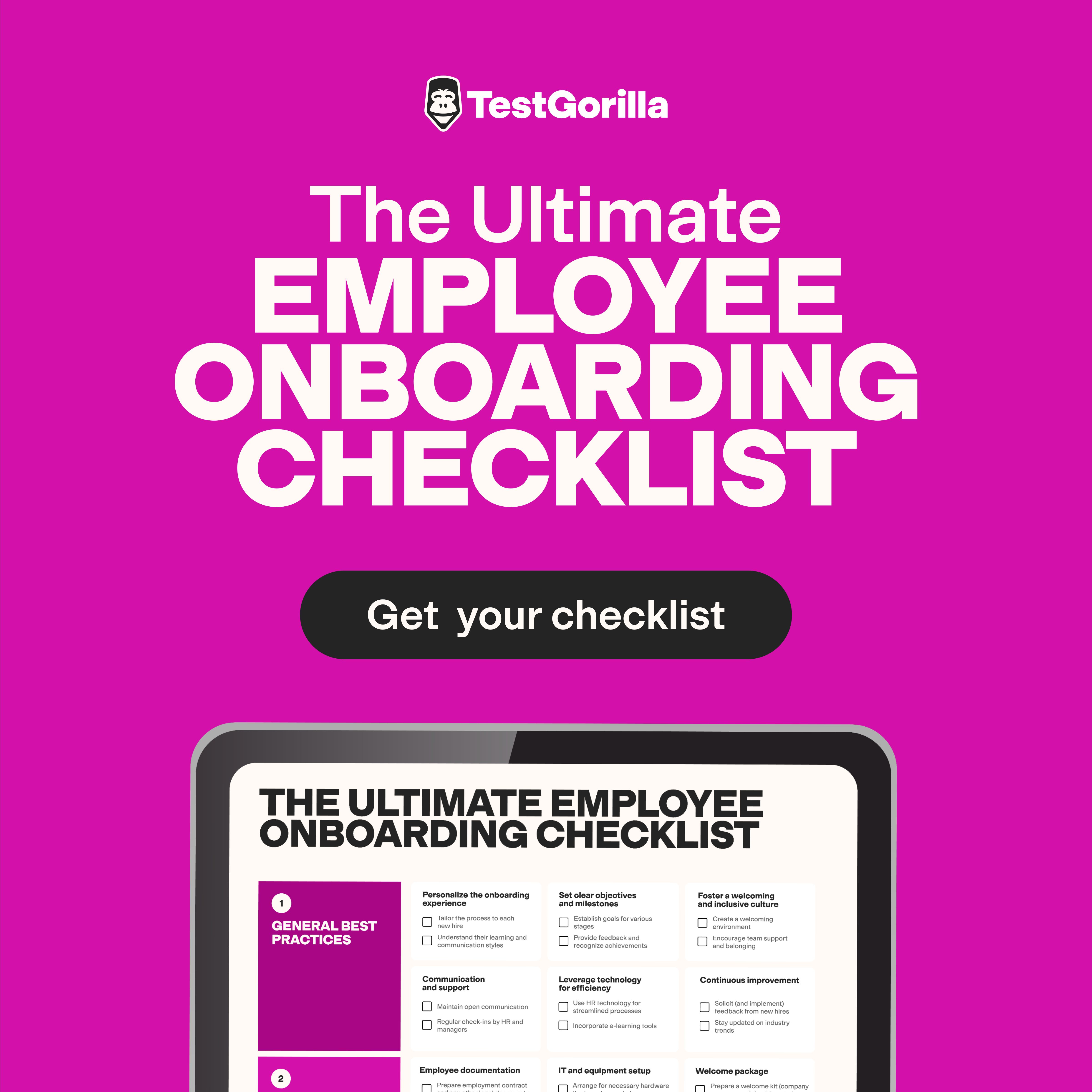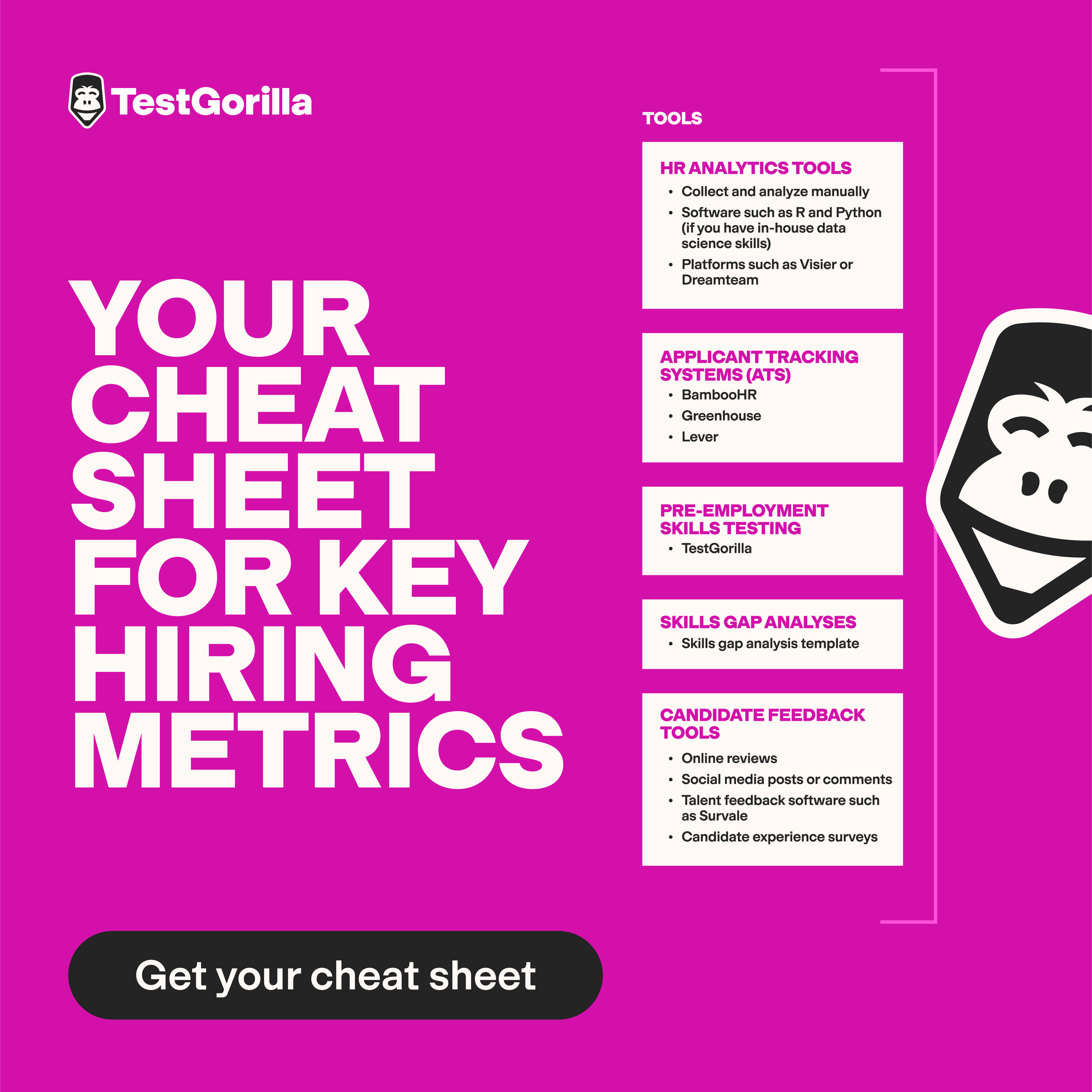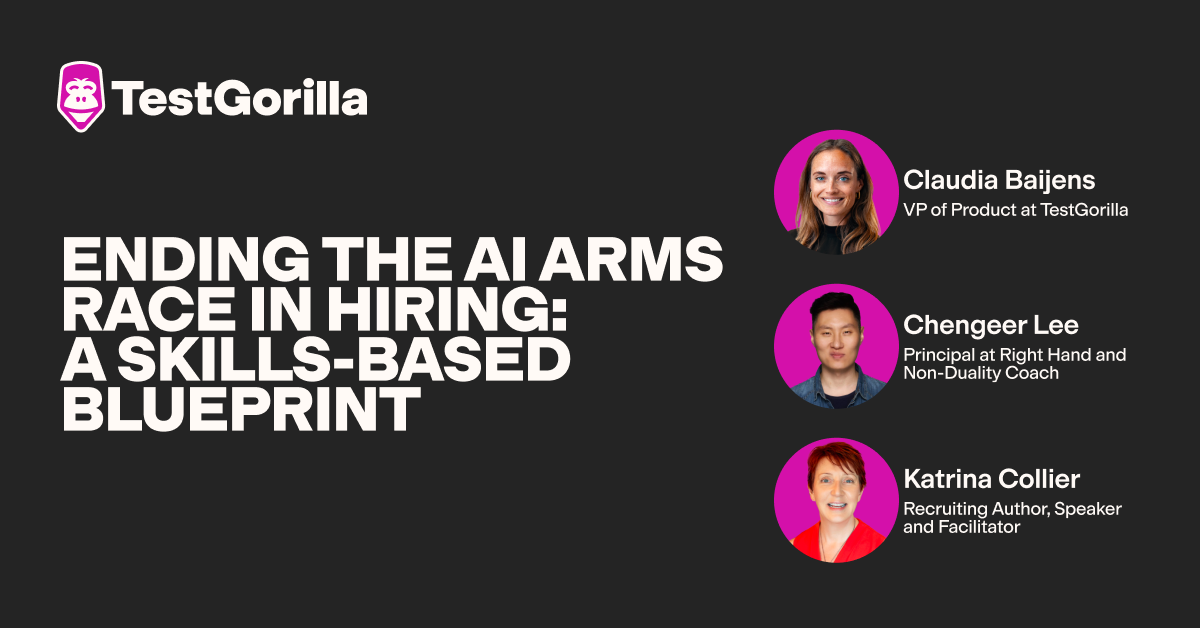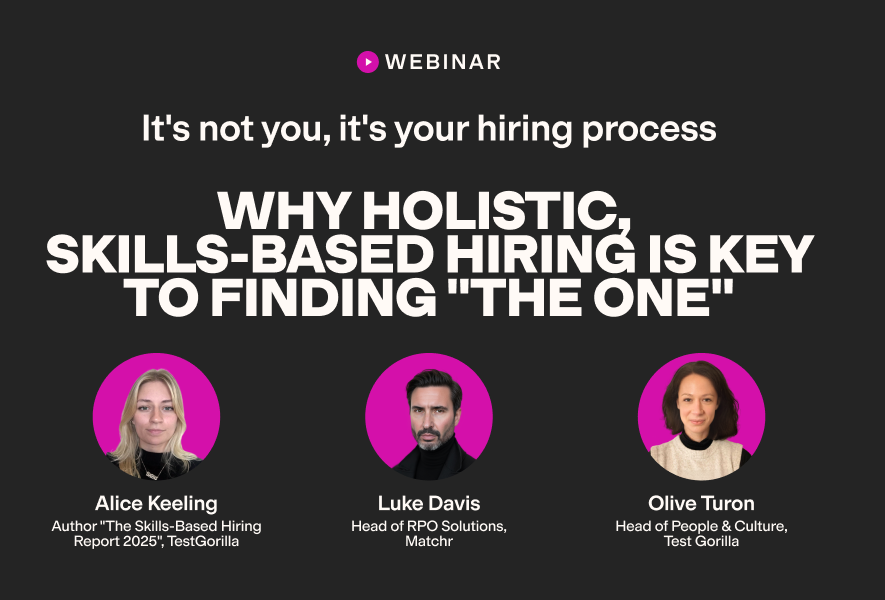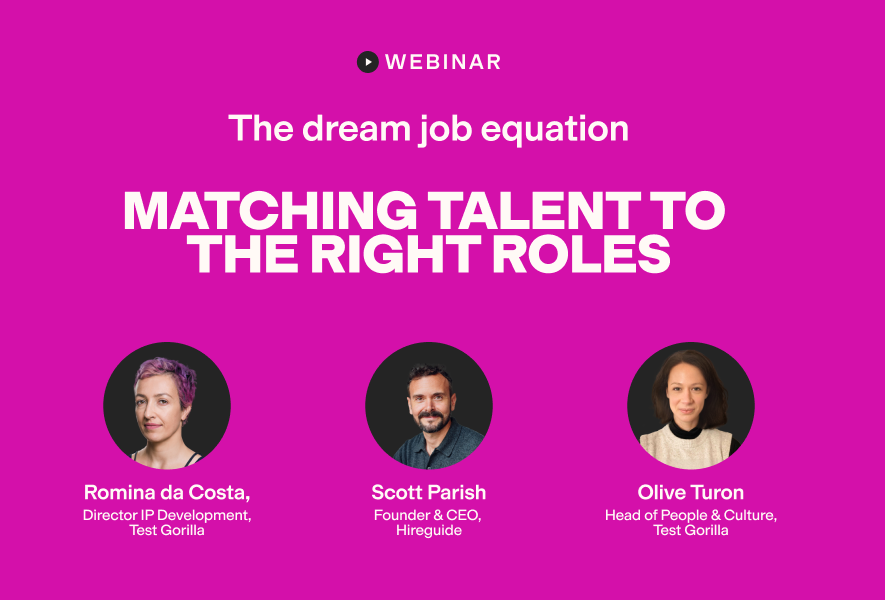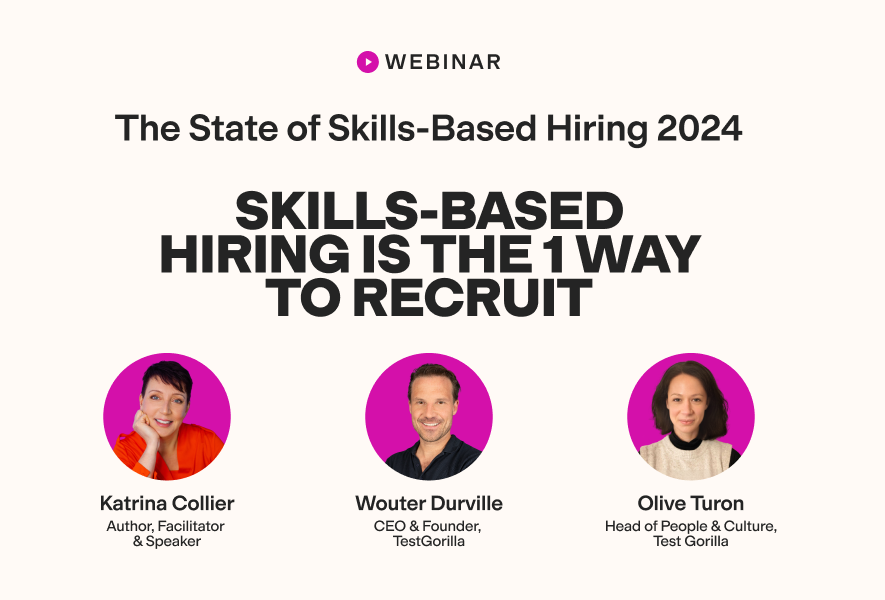93% of candidates aren’t asked about 2025’s top skill. Here’s why that matters
AI literacy is currently one of the most in-demand technical skills, topping LinkedIn’s 2025 Skills on the Rise list.
Yet, new research by BrightHire and Harvard Business School’s Future of Work project reveals that 93% of candidates have never been asked a question about their AI skills, even after three interviews.
That shocking gap reveals a broader issue: Traditional interviews consistently appear to assess skills but rarely test actual capability.
Below, I break down why interviews fall short and how skills-based hiring offers a data-backed solution.
The missing depth in interviews
That BrightHire and Harvard Business School research involved analyzing more than 23,000 interviews. On the surface, the findings sound promising: 80% of job-description skills were mentioned in an initial interview. But when you look closer, the coverage is shallow: Even after five interviews, technical skills were explored in depth only 55% of the time.
The data also shows wasted opportunities. Nearly three-quarters (72%) of well-covered skills were simply repeated in later interviews instead of being probed further.
Furthermore, even when interviewers explicitly asked about a skill, it was well covered only 53% of the time – compared with just 1.6% for skills that were never raised at all. That gap highlights how much the quality of assessment depends on structured, intentional questioning rather than chance.
As Wouter Durville, CEO and Co-Founder of TestGorilla, explains:
“Interviews have been the default in hiring for decades because humans are wired for connection. We want to meet someone, hear their voice, and build rapport. But connection isn’t the same as capability – and interviews are failing hiring teams by overlooking critical skills.”
Why this matters
In our 2025 State of Skills-Based Hiring Report, more than half of employers said the hardest part of hiring is determining whether candidates have the right skills.
But the trouble is that interviews don’t help solve this. Employers who rely on them are making decisions with incomplete or distorted views of candidates’ abilities. That means wasted time for both hirers and candidates.
Picture this: Two candidates interview for the same developer role. One is confident and articulate throughout the interview, but they lack the technical skills to do the job. The other is nervous and struggles to answer questions, but they can code in their sleep.
Which would you rather have on your team? The way interviews are run today, you’d likely choose the wrong one.
Skills are what make or break a hire. But when interviews fail to uncover them, employers are left vulnerable to mis-hires. These are not only frustrating but also expensive, costing employers as much or more than an employee’s annual salary. Plus, there are the unseen costs, like the impact on productivity, team morale, and company culture.
Why interviews fail
BrightHire and Harvard Business School’s findings only confirm something we’ve known for a while: Interviews are poor predictors of job performance.
Erik Bernhardsson, Founder and CEO of Modal Labs, put it bluntly when telling TestGorilla, “The correlation between who did really well in the interview process and who performs really well at work is really weak.”
The evidence backs him up. A recent meta-analysis found that interviews explain only about 9% of the variance in future job performance. Put simply, doing well in an interview says very little about how someone will perform once hired.
In my opinion, there are three main reasons interviews fail:
Lack of training and structure
One reason for this weak link is that most interviewers aren’t trained to assess skills effectively. Many don’t know how to map job requirements to interview questions or measure responses in a consistent way.
Instead, they ask closed or leading questions that produce little insight. Many also treat interviews like casual conversations. They fail to properly prepare and don’t take a considered, structured approach that fully explores a candidate’s capabilities.
The result is a process shaped more by guesswork than by evidence.
Unconscious bias
Another major problem with interviews is that even well-intentioned interviewers fall prey to unconscious bias. For example:
An interviewer might rate a candidate more favorably because they went to the same university as them, know the same people, or share a similar background.
An interviewer may ask female candidates more questions about work-life balance and male candidates about leadership ambitions, without realizing it.
An interviewer might naturally overlook the incorrect answers of a candidate who presents well and speaks confidently. (This is known as the “halo effect.”)
An interviewer might mark down a candidate with a strong accent, even if their answers to technical questions are correct.
Where an interviewer forms an initial impression of a candidate (positive or negative), confirmation bias might lead them to ask questions that focus on confirming their belief, rather than assessing objective traits such as skills.
Research shows this has real consequences: In a survey by The Muse and Recruiting Marketing, 41% of women reported experiencing discrimination during job interviews.
In other words, instead of leveling the playing field and focusing on capabilities, interviews often reinforce inequality.
Flawed “fixes”
Some employers acknowledge the flaws in interviews, but they respond with band-aids and gimmicks.
For example, some employers now use AI for the entire interview process. Not only does AI schedule the interviews, but it also interviews the candidates (even across several stages), assesses their answers, and selects the finalists for the role.
AI interviews have a place when used thoughtfully as a screening tool alongside other skills evaluation methods. But simply layering AI onto an existing flawed process or relying solely on AI interviews to make hiring decisions doesn’t fix the underlying issues.
Other so-called solutions create additional stress without providing meaningful insight.
For instance, many employers use the coffee cup test, where an interviewer takes a candidate to the kitchen and offers them a coffee to have during their interview. If a candidate returns their used cup to the kitchen after the interview, this suggests they are thoughtful and responsible.
Another tactic is essentially a trap: One hirer admitted to joining online interviews 15 minutes early, then disconnecting and ghosting candidates who don’t join 5 minutes before the scheduled start time, justifying it as a useful way to check candidates’ punctuality.
The best insights on HR and recruitment, delivered to your inbox.
Biweekly updates. No spam. Unsubscribe any time.
The solution: True skills-based hiring
My take on all this? Interviews were never meant to be the main meal of the hiring dinner party. At best, they work as a late-stage confirmation step – but only after you already know a candidate has the skills to succeed.
That’s why we at TestGorilla advocate for a skills-first approach. Skills-based hiring (SBH) evaluates candidates on their ability to do the job, so you can hire the best person for the job and avoid costly mis-hires.
The payoff is clear. According to our 2025 State of Skills-Based Hiring report, 85% of employers now use skills-based hiring, and they’re nearly twice as likely to be “very satisfied” with their hires compared to employers who don’t.
Employees see the benefits of SBH, too. Research for our 2024 State of Skills-Based Hiring Report found that 84% of employees agree that skills-based hiring helps reduce conscious and unconscious bias in the hiring process.
In short, skills-based hiring leads to better hires, fairer processes, and fewer costly mis-hires – everything interviews alone fail to deliver.
How to include skills-based practices in your hiring process
Skills-based hiring is the answer, but how do you bring it into your process? You don’t have to do away with interviews altogether – you just need to put skills first and use interviews only to confirm what you already know.
Here’s what that looks like in practice:
Skills evaluations
Skills evaluations are the foundation of a skills-first hiring approach.
These evaluations assess candidates’ soft and technical skills, personality traits, culture add, and more. They provide you with objective data you can use to compare candidates and find the person who can actually do the job.
For example, employers are increasingly turning to skills assessments as a reliable alternative to interviews, with 76% of employers relying on them to validate candidates’ competencies.
TestGorilla CEO and co-founder Wouter Durville notes that this is especially the case when it comes to AI skills.
“Use of our AI skills test rose 166% globally between January–August 2024 and the same period in 2025,” he says, “which tells me that where interviews are falling short, skills tests are stepping in and gaining traction with employers.”
Job simulations
Job simulations, where you ask candidates to complete a task they would be responsible for in the role, are another great way to gain deep insights into their technical and soft skills.
For instance, you could ask candidates to participate in a mock customer live chat and deal with their complaint, prepare a sample social media timeline for a new product launch, or debug a custom coding challenge.
Jeff Caiden, CEO of third-party logistics firm Capacity LLC, explains the benefits of this approach:
“When it comes to hiring, we don’t rely only on resumes or standard interviews. We create real-world problem scenarios tied to our operations. We want to see how someone thinks, how they explain their approach, and whether they can handle ambiguity. You can tell a lot about a person by watching how they work through an operational challenge that doesn’t have one clear answer.”
Simulated tasks also have the added benefit of giving candidates a chance to see the type of work they would be doing in the role and whether it’s a good fit for them.
Just make sure you’re not asking candidates to go above and beyond. Tasks should only take 30 minutes to an hour to complete, and best practice suggests you should compensate candidates for their time.
Structured interviews with behavioral questions
As I’ve said before, interviews still have a place in hiring, but only as a final step. By the time you sit down to chat with shortlisted candidates, you should already know they have the right skills.
The key to a strong interview is structure. One of the best tools is using behavioral questions, which ask candidates to share real examples from past experiences. These reveal how someone applies their skills and how they might perform in the role.
These questions work best when they connect to the skills outlined in the job description. For example:
Tell me about a time you had to quickly learn a new skill. How did you do it? (Skills assessed: adaptability, problem-solving, learning agility)
Describe how you keep accuracy high when doing repetitive tasks. (Skills assessed: attention to detail, discipline, process orientation)
Give me an example of when you’ve had to manage a conflict between employees you supervised. What did you do? (Skills assessed: leadership, conflict resolution, communication, emotional intelligence)
What does ethical behavior at work mean to you? (Skills assessed: integrity, judgment, values alignment)
Tell me about a time when a client changed their requirements after you started a project. How did you handle this, both practically and from a client management perspective? (Skills assessed: client management, adaptability, project management, problem-solving)
Just as important as the questions you ask is the way you ask them and how you interpret them. Be sure to ask each candidate the same questions, and measure responses fairly, such as by using interview scorecards.
A scorecard sets out the criteria/qualities you want to assess – such as knowledge, experience, or behaviors – and connects them to specific questions. Interviewers then rate each answer on a preset scale – for example, from 0 to 5. Once the interviews are complete, the scores can be totaled and compared across candidates, making the process more objective and reducing bias.
Interviews are failing employers and candidates: Skills-based hiring is the remedy
New research confirms that interviews are failing. On the surface, they may appear to cover the skills needed to do the job, but dig a little deeper, and you’ll see the insights they offer are shallow at best.
As a result, interviews lead to more mis-hires and increase the risk of unconscious bias. That’s why it’s time to stop treating interviews as the main event and put skills at the center of your hiring process.
Only then can we hire for what really matters: capability, not conversation.
You've scrolled this far
Why not try TestGorilla for free, and see what happens when you put skills first.


